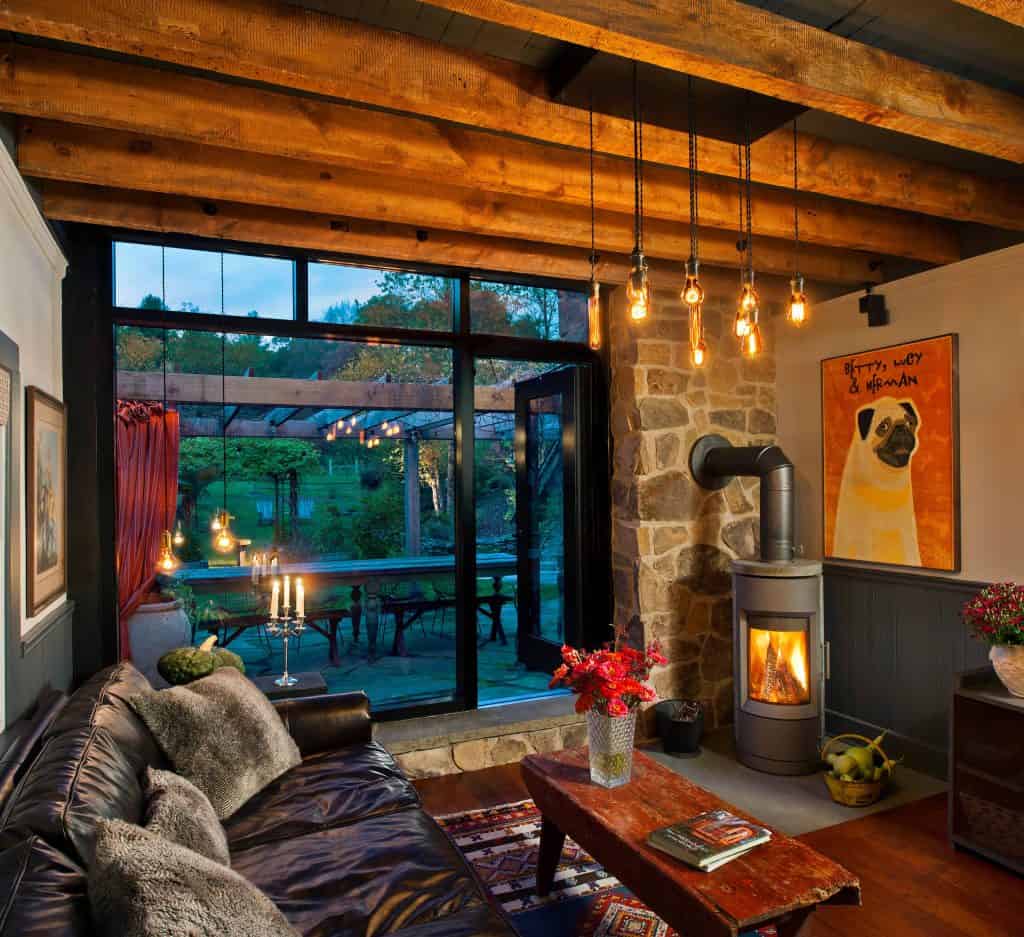Your home might be too cold if you shudder every time you please open your utility statement. However, it’s more likely that you’re overpaying to heat your room. In either scenario, you may make adjustments right away that will keep your home warm and help you save money. Save the big projects, like repairing your home’s windows or adding attic insulating material, for later. They are simple and affordable techniques. Even while many of them take minimal time and don’t even involve the acquisition of materials—just a few new habits. The most difficult ones will take up an afternoon on the last day of the week. Let’s start with the obvious things and then move on to more advanced yet still basic energy-saving strategies. If you want you could get a milan radiator as it can prove very effective for warmth.
Close The Curtains
Make use of the free heat provided by the sun. To make use of this free heat during the day, open your window treatments and let the sunlight in. Close the curtains when it gets dark so that heat is retained in your living spaces and an additional layer of insulation is added. Additionally, make sure there are no gaps or leaks so that warm air can enter and cold air can exit; this will help to lessen condensation.
Place a Programmable Thermostat in Place
You don’t have to maintain your home at 68 degrees all the time, so a programmable thermostat lets you set various temperatures for various periods throughout the day. Although they shouldn’t be utilised with heat pump units, thermostats that can be programmed are extremely cost-effective for both heating and cooling systems. For savings of anywhere from ten to twenty per cent on your bill, use a setting towards the low end when you’re asleep or gone and a higher setting throughout other times (see table below). Up to four settings for temperature every day, such as morning, day, evening, and night, can be stored in some devices. Each one has a switch for manual override.
For Heat
- 6 to 9 in the morning = 68 degrees
- 60 degrees from 9 am until 5:30 pm.
- 6:30 p.m. until midnight = 68 degrees
- 60 degrees from 6 a.m. to 11 p.m.
Shift The Sofa
Your favourite chair may feel wonderful next to the radiator, but it is absorbing temperature that could be contributing to warming your house. You may allow hot air to freely circulate by relocating it away towards the radiator. The same rule applies to curtains and garments that are drying; keep them aside from the thermostat so that you can make the most of your heat source.
Increasing the Insulation
25% of the warmth loss is attributable to the roof. To swiftly minimise this, you might add 25 cm of insulation to your loft. Additionally, it’s important to assess the current state of the exterior walls because they contribute 30% of heat loss from an uninsulated home. Although cavity wall insulation is more expensive for installation compared to loft insulation, it can reduce annual heating expenses by up to £160. Asking your utility company about insulation programmes they may be running is a smart idea because they may offer installation at a reduced cost or even for free.
Change The Ceiling Fan’s Direction
You’re mistaken if you believe that a ceiling fan is only for use on hot, muggy days. According to Rothman, the fan creates an updraft which forces warm air towards the surface of the ceiling back down in the cold by rotating the motor anticlockwise. As a result, you can lower the temperature and conserve money (some sources claim you might cut your cost by 10 %!). This approach will make you feel warmer or lengthier.
Buy The Best Blankets You Can
A comfortable mattress will help you sleep comfortably (while keeping the temperature at a lower setting to save money). According to specialists in textile goods, down-filled comforters trap heat. Pick a blanket using a fill capacity of 600 or higher for the cosiest option (verify the label). A blanket that is powered by electricity operates as well, provided you use it safely. Remember that comforters are not going to keep you comfortable all the time, experts suggest. “The textiles help keep the heat inside, although the heat has to be there in the first place to keep in,” So, by using blankets, you can put off adjusting the thermostat.
Put Rugs On Your Floors
Did you realise that floorboards can let heat escape? Sachs advises using rugs made of an insulating material, such as wool, to assist keep the heat indoors to avoid this. Rugs also feel comfortable and cosy underfoot.
Final Words
If you’re reading and want a cosy and warm space then you should consider the tips given above.
You may also like
-
Hiring An Architect To Design Your Home
-
Winter is Coming: A Kansas Building Manager’s Guide to Preventing Frozen Pipes with Commercial Plumbing Services in Kansas
-
How to Install an Artificial Hedge Easily
-
Get Exclusive Diwali Offers on Whirlpool Double Door Refrigerators
-
Who is Best Pipe and Joint System Supplier in Malaysia

